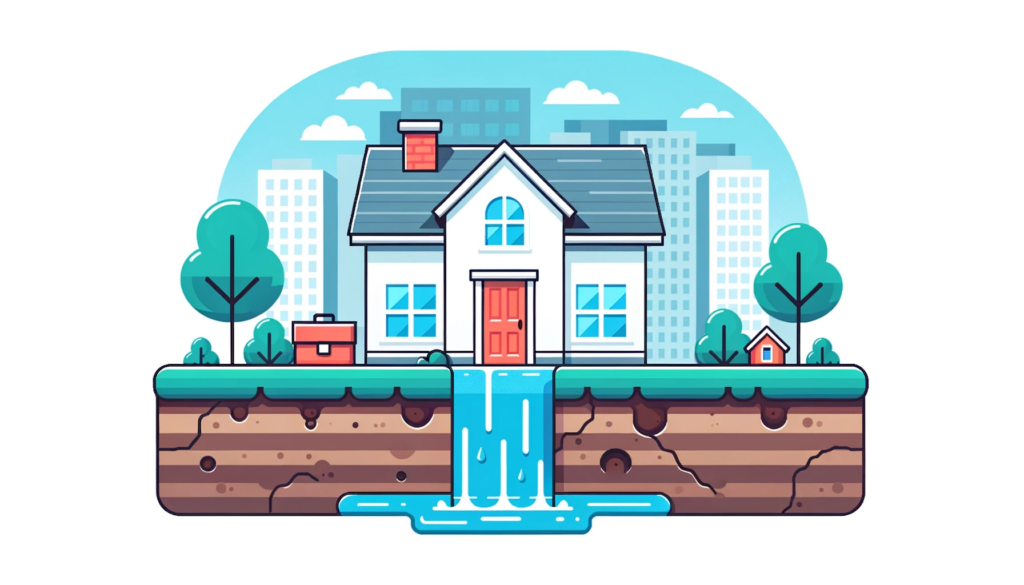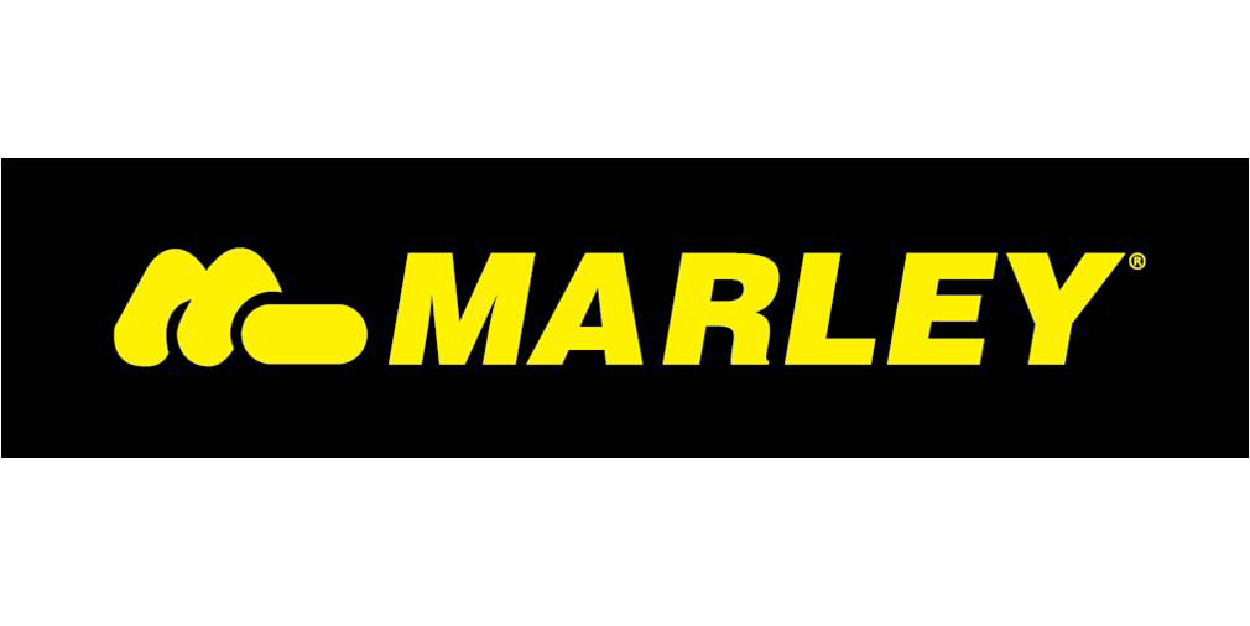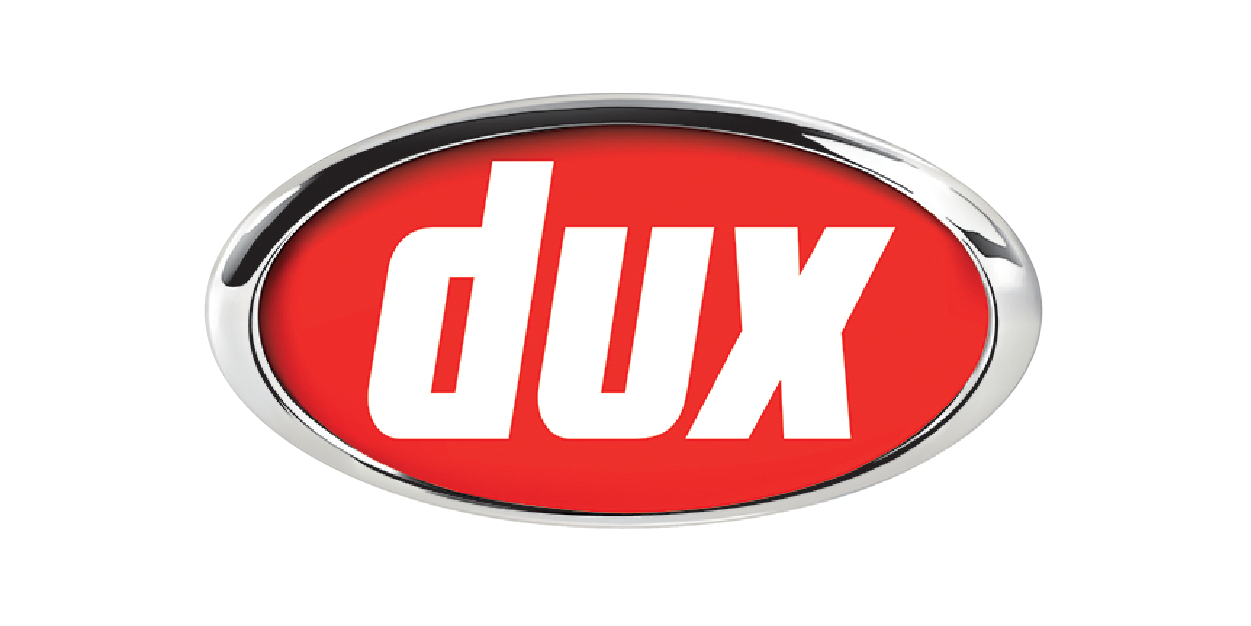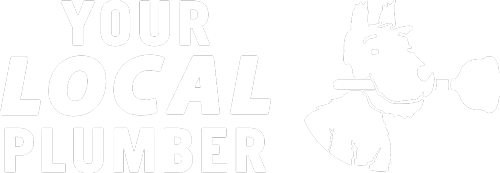
Call Today 09 973 4973 or
Plumbing systems are an integral part of every home, providing essential water supply for day-to-day activities. But these systems are not immune to wear and tear, often leading to leaks that, if left unchecked, could escalate into more significant issues. This article will guide you on how to identify leaks in household plumbing systems.
Understanding Household Plumbing Systems
To identify leaks effectively, you need to first understand the basic layout and components of your household plumbing system. Generally, the system is composed of two parts: the water supply system, which brings in fresh water, and the drainage system, which removes waste water. Pipes, valves, fittings, and various appliances constitute these systems. It’s important to remember that leaks can occur at any point where water is present.
Common Signs of Plumbing Leaks
Detecting leaks in your plumbing system can sometimes be straightforward, such as when a tap drips continuously. However, some leaks are not so obvious. Here are some signs that could indicate a plumbing leak in your home:
- Unexpected Increase in Water Bill: If your water usage habits haven’t changed but your water bill has spiked, this could be a telltale sign of a hidden leak.
- Running Water Sounds: If you hear the sound of running water even when all taps are turned off, it’s likely that you have a leak.
- Mould and Mildew: Persistent dampness due to leaks can encourage the growth of mould and mildew. If you notice this, especially in unusual places, it might point to a leak.
- Water Damage: Stains, discolorations, or warping on walls, ceilings, or floors could be a result of water leaks.
- Low Water Pressure: While this can be due to various reasons, a sudden drop in water pressure could indicate a leak in your system.
Regular Inspection and Maintenance
Routine inspection and maintenance of your plumbing system can help detect leaks early, prevent significant water damage, and save on water bills. Keep a close eye on all visible plumbing components in your home, including pipes, taps, showerheads, and appliances like washing machines and dishwashers.
Professional Leak Detection
While there’s a lot homeowners can do to identify plumbing leaks, some leaks can be elusive and hard to detect without professional tools. In such cases, it’s advisable to hire a professional leak detection service. They have specialized tools like acoustic detectors, infrared cameras, and pipe locators that can accurately locate even the most hidden leaks.
Addressing Plumbing Leaks
Once a leak is identified, it’s crucial to address it promptly to avoid further damage. Small leaks, like a dripping tap, can often be fixed with a simple DIY repair. However, for more substantial leaks, especially those hidden within walls or under the ground, professional help will be needed.
Remember, the key to mitigating damage from plumbing leaks lies in early detection and prompt repair. Regularly inspecting your plumbing system and staying alert to signs of potential leaks can help maintain the integrity of your home’s plumbing system and save on unnecessary costs.
Suppliers




